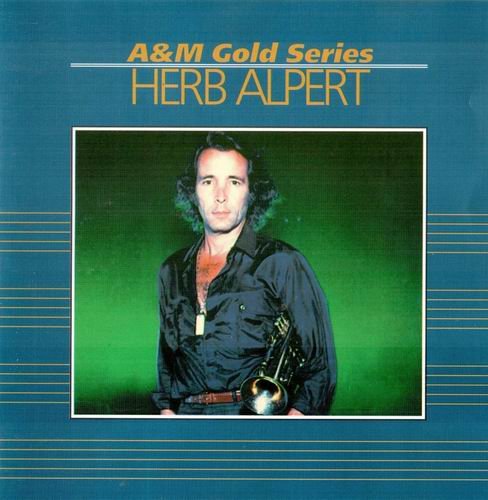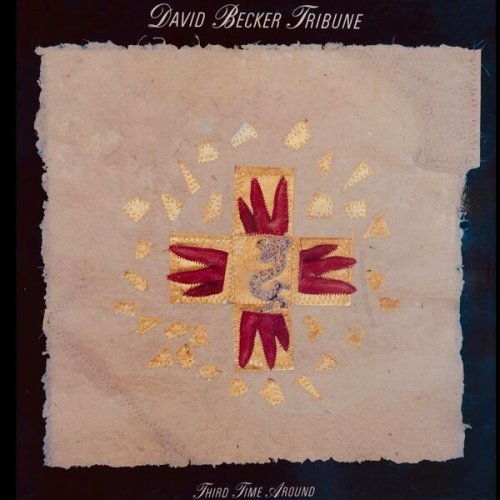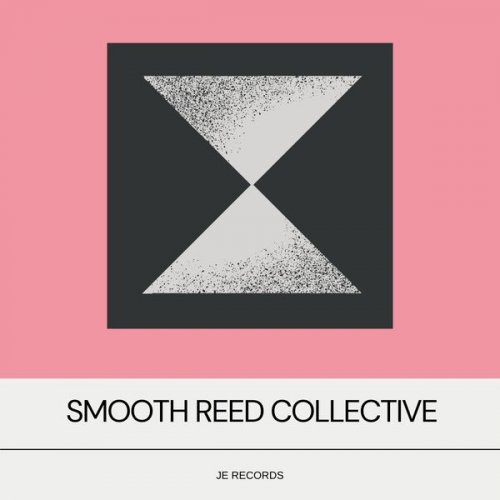Ernest Dawkins & New Horizons Ensemble - Chicago Now: Thirty Years of Great Black Music, Vol. 2 (1994/2018)
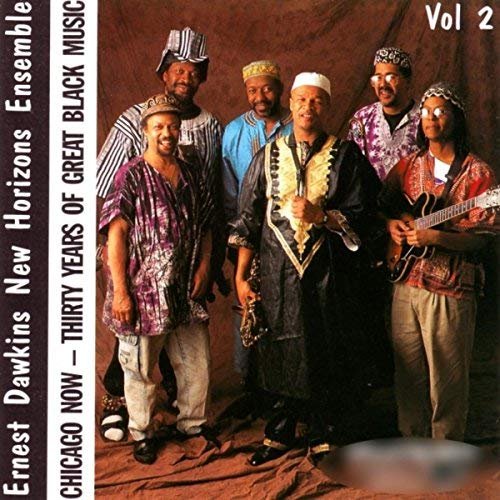
Artist: Ernest Dawkins & New Horizons Ensemble
Title: Chicago Now: Thirty Years of Great Black Music, Vol. 2
Year Of Release: 1994/2018
Label: Silkheart Records
Genre: Jazz, Modern Creative Jazz
Quality: 320 kbps | FLAC (tracks)
Total Time: 01:12:49
Total Size: 169 mb | 437 mb
WebSite: Album Preview
Tracklist:Title: Chicago Now: Thirty Years of Great Black Music, Vol. 2
Year Of Release: 1994/2018
Label: Silkheart Records
Genre: Jazz, Modern Creative Jazz
Quality: 320 kbps | FLAC (tracks)
Total Time: 01:12:49
Total Size: 169 mb | 437 mb
WebSite: Album Preview
01. Inside the Sun
02. Blue Shadows
03. Eternity Promised 1
04. Eternity Promised 2
05. Hearts to Jesus
06. Soul’s Time
07. In Sorrow
08. Snap
Personnel:
Ernest Dawkins - alto sax, tenor sax, flute, percussion, vocals
Steve Berry - trombone, percussion
Ameen Muhammad - trumpet, percussion, vocals
Jeffery Parker - electric guitar
Yosef Ben Israel - bass
Reggie Nicholson - drums, percussion
To celebrate the 30th anniversary of the AACM, altoist Ernest Dawkins (who also plays tenor and flute) and his New Horizons Ensemble recorded enough music to fill up two CDs. The episodic performances, which cover a variety of styles, are a little reminiscent of the Art Ensemble of Chicago, if not quite as exploratory. "Monk's Temptation," an exciting free bop piece with a passionate but logical alto solo from the talented leader and hot riffing from the brass (trumpeter Ameen Muhammad and trombonist Steve Berry), is a highlight, but all seven selections (including two numbers heard in "alternate" versions from the ones on Vol. 1) are quite colorful. Ranging from fairly straight-ahead improvising and jamming in a vein similar to early Ornette Coleman to some creative funk and moments of completely free playing, the music (which also features guitarist Jeffery Parker, bassist Yosef Ben Israel and drummer Reggie Nicholson) is continually intriguing. It is obvious that these six musicians had spent a lot of time playing together because they react quickly to each other, share the lead, and often speak as in one voice. A superior and well-played set that should even interest jazz listeners who claim to not enjoy the avant-garde.
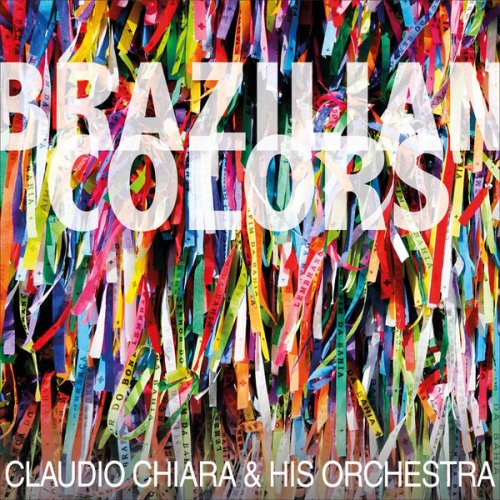
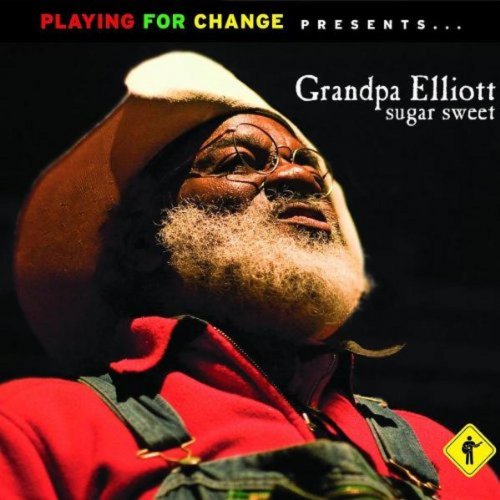
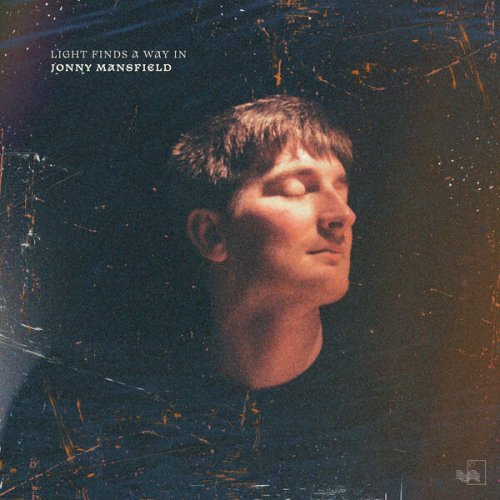


![Wadada Leo Smith - Divine Love (1979/2025) [Hi-Res] Wadada Leo Smith - Divine Love (1979/2025) [Hi-Res]](https://www.dibpic.com/uploads/posts/2025-12/1765802240_cover.jpg)
